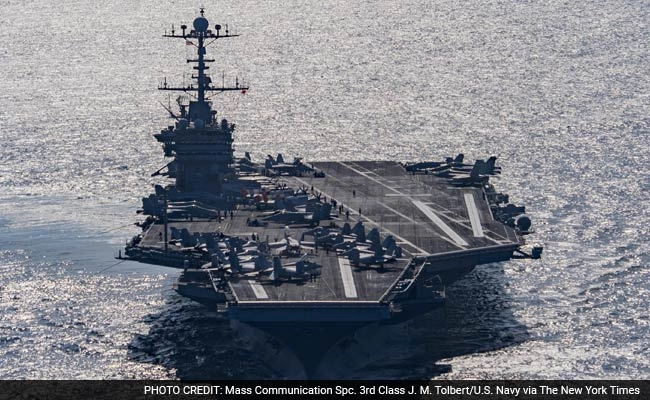In a significant incident involving military aviation, a $67-million U.S. fighter jet fell off the deck of an aircraft carrier and plunged into the Red Sea. This unfortunate event highlights the risks associated with naval operations and the complexities involved in handling advanced military aircraft. The aircraft, a state-of-the-art fighter jet, was reportedly preparing for takeoff when it slipped off the carrier, raising concerns about the safety protocols in place on board. Such incidents not only result in substantial financial losses but also pose challenges in terms of retrieval efforts and the implications for national security.
The fall of the fighter jet into the Red Sea has prompted an immediate response from the U.S. Navy, which has initiated a recovery operation to locate and salvage the aircraft. These operations can be particularly challenging due to the depth of the water and the surrounding environmental conditions. The recovery of downed aircraft is crucial not only to prevent sensitive technology from falling into the wrong hands but also to minimize the financial impact of lost military assets. The U.S. military has protocols in place for such incidents, but the complexities of the situation can make recovery efforts difficult and time-consuming.
This incident also raises questions about the training and procedures followed by personnel operating on aircraft carriers. The safe launch and recovery of fighter jets are critical components of naval aviation, and any lapse in protocol can have serious consequences. Investigations are likely to be conducted to determine the exact circumstances that led to the jet’s fall, examining factors such as weather conditions, equipment malfunctions, and human error. As military operations continue to evolve, ensuring the safety and effectiveness of naval aviation remains a top priority for the U.S. Navy, underscoring the need for rigorous training and adherence to safety standards.




